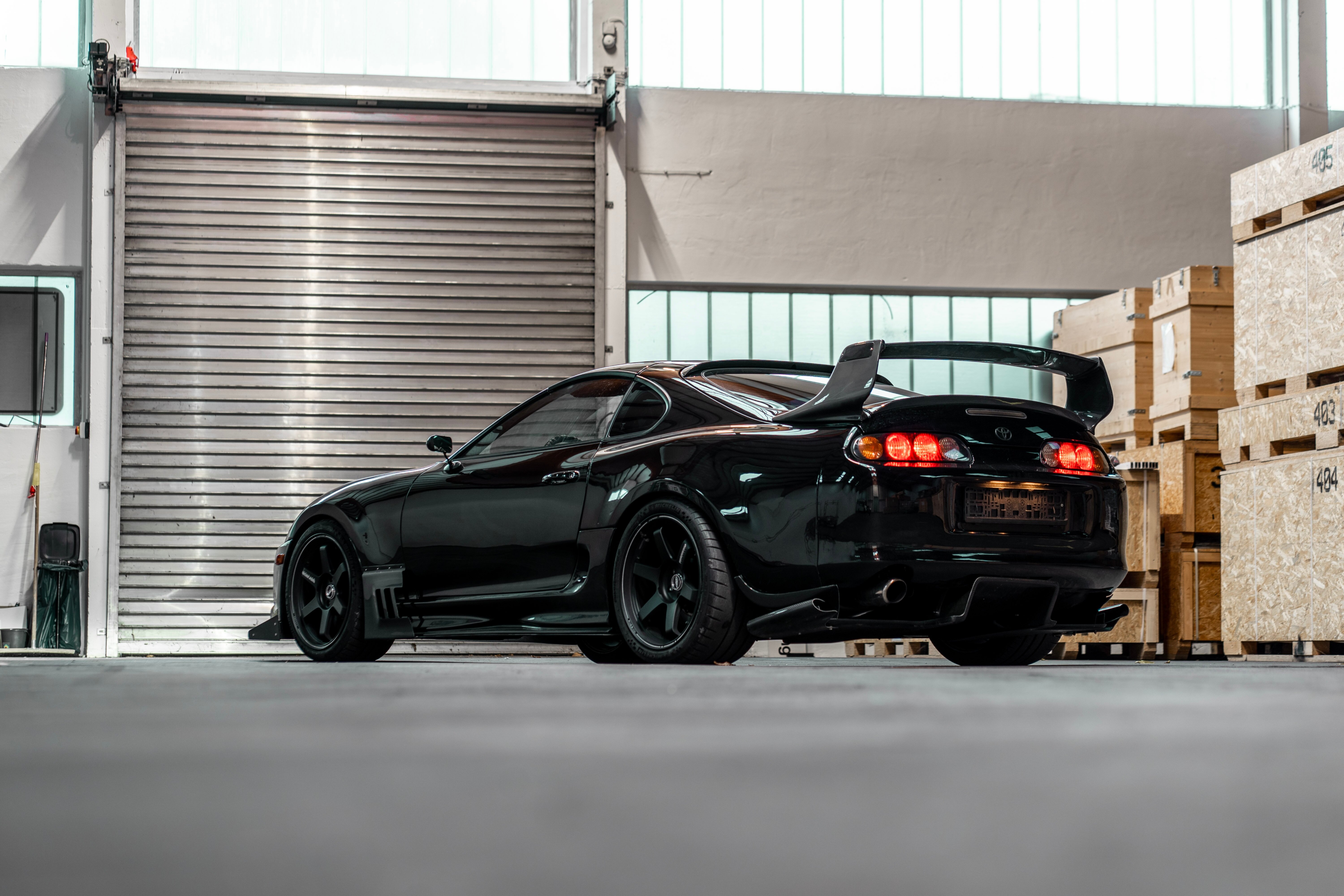Porsche Cayenne E-Hybrid 2025 A Deep Dive into the Evolution of Performance Plug-in Technology

The automotive world is perpetually chasing efficiency without sacrificing the visceral thrill of acceleration, and the Porsche Cayenne has always been a fascinating case study in this balancing act. When the first iterations of the E-Hybrid showed up, the conversation was largely about compliance and the novelty of electrifying a substantial SUV. Now, observing the 2025 iteration, the dialogue shifts entirely. We aren't talking about a compromise anymore; we are looking at a calculated, engineering-driven convergence where the electric component doesn't just assist the combustion engine—it fundamentally redefines the power delivery curve. I spent some time looking closely at the specifications, and frankly, the calibration work Porsche has done here warrants a closer examination by anyone tracking high-performance hybridization.
What exactly has changed under the skin that makes this iteration feel so distinct from its predecessors? Let's pause for a moment and reflect on the battery architecture. We are seeing a noticeable bump in usable energy density, which translates directly into real-world electric range, pushing past the psychological barrier that often kept earlier PHEVs relegated to short urban hops. This increased capacity isn't merely about adding weight; it implies a revised thermal management system that can handle more aggressive charging and discharging cycles without thermal runaway issues disrupting peak power output. Furthermore, the integration with the transmission seems tighter. I'm particularly interested in how the electric motor is now positioned relative to the PDK unit, suggesting a more direct mechanical coupling that minimizes parasitic losses during transitional phases between pure electric drive and boost mode. This careful choreography between the V6/V8 power unit and the electric torque filling the low-end gaps is where the true performance gain resides, moving beyond simple peak horsepower figures into usable, on-demand thrust.
The real engineering curiosity here lies in the control software managing that power split. It appears the drive modes are now far more granular in their decision-making process regarding energy recuperation versus immediate power deployment. When you command maximum performance, the system isn't just dumping battery power into the drivetrain; it seems to be intelligently managing the state of charge to ensure the electric assist remains available for the duration of the acceleration run, rather than depleting itself prematurely. Consider the torque vectoring capabilities—the electrical torque contribution can now be modulated almost instantaneously across the axles, offering a level of dynamic stability control that purely mechanical systems struggle to match. This precision allows the chassis engineers to tune the suspension and steering feedback with greater confidence, knowing the powertrain can precisely manage weight transfer moments before the physical suspension components fully react. I suspect the engineering teams spent more time refining the throttle mapping for the hybrid state than they did on the initial ICE calibration, simply because the variable nature of the electric assist demands far more sophisticated predictive algorithms.
Let's examine the real-world impact of these hardware and software adjustments on driver experience, moving away from the spec sheet jargon. What I observe is a significant reduction in the "lag" often associated with older hybrid systems attempting to transition from battery-only cruising to full combustion engagement. The electric motor seems engineered to operate effectively across a much broader RPM band of the gasoline engine, meaning that when you’re already moving at highway speeds and need that immediate overtaking punch, the electric component is ready to provide substantial supplemental torque immediately, rather than waiting for the engine to spool up into its optimal power zone. This isn't just about being faster to 60 mph; it’s about maintaining momentum and usability in everyday high-speed driving scenarios where that instantaneous response truly matters. The efficiency gains, while present, feel secondary to the performance refinement in this specific configuration. It suggests a design philosophy where electrification is used primarily as a performance multiplier, with efficiency being the welcome byproduct of better overall energy management, rather than the primary directive driving the technical choices made.
More Posts from tunedbyai.io:
- →Analyzing the Video Content of F1 World Champions' Iconic Races A Data-Driven Approach
- →Technical Deep Dive How Volkswagen Polo's 2023 IQDRIVE Travel Assist System Revolutionizes Semi-Autonomous Driving at 210 km/h
- →Volkswagen Golf Mk85 (2024) Breaking Down the Latest Design Changes and Performance Updates
- →Best Drift Cars Ultimate Guide
- →Rolls-Royce Wraith A Decade of Ultra-Luxury Grand Touring Excellence
- →Engineering Deep Dive Analyzing the 503HP Twin-Turbo V8 in Mercedes C63 Edition One - Beyond the Power Numbers